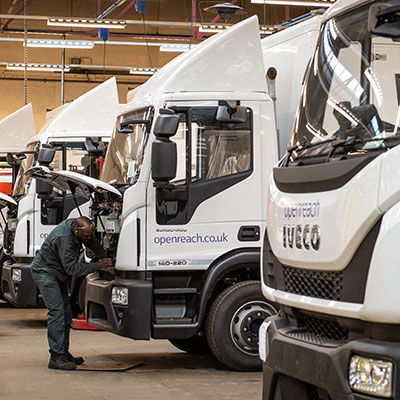Choisissez un autre pays ou une autre région pour voir le contenu spécifique à votre emplacement
Sélectionnez votre pays / région
Région actuelle :
 France (FR)
France (FR)
- Compresseurs et pompes pour véhicules : Gardner Denver Transport
- Qui sommes-nous ?
- Histoires de réussite
-
Étude de cas British Telecom
Comment pouvons-nous vous aider?
